Sigma 17mm F4 DG DN (iSeries) Review
Dustin Abbott
May 1st, 2023
Over the past four years Sigma has easily been the most prolific lens developer on Sony FE and Leica L. We went from no full frame options from Sigma on Sony’s mirrorless platform three years ago to 30+ lenses today. And, while I tend to look at these lenses from a Sony slant (I don’t cover Leica L-mount), I do recognize that often these iSeries lenses (a lineup of compact prime lenses that debuted in late 2019) are designed even more with Leica cameras in mind. Compact lenses are even more desirable on compact cameras, and while Sony does have the compact a7C full frame camera, there are a variety of L-mount supporting compact cameras, including some from Sigma itself. The newest lens to join the growing ranks of the compact iSeries lenses is the Sigma 17mm F4 DG DN, which we will refer to as the i17 for brevity in this review. It was announced alongside the 50mm F2, an interesting lens that I reviewed here. If you’re interested in other focal lengths, here is the growing list of iSeries compact prime lenses all hyperlinked to my review of them.
- Sigma 17mm F4
- Sigma 20mm F2
- Sigma 24mm F3.5
- Sigma 24mm F2
- Sigma 35mm F2
- Sigma 45mm F2.8
- Sigma 50mm F2
- Sigma 65mm F2
- Sigma 90mm F2.8
I’ve noted that Sigma’s marketing language for the iSeries is typical marketing word salad (impressive words without much grounding in reality), but the premise for the series is sound. Sigma has recognized that there are multiple segments within the mirrorless market, and those segments have different priorities. One group wants maximum performance in aperture and optics, and these are served by Sigma’s larger ART series (like the excellent 20mm F1.4 DN ART), but there is a secondary market who bought into the mirrorless vision of smaller and lighter while retaining the performance. This second group is the target audience for the iSeries. The iSeries lenses are beautiful crafted, very tactile, but are also much smaller and lighter than other premium lenses. I’m a fan of the premise, myself, and have liked most of the iSeries lenses quite a bit.
As time has passed, there has been an additional bifurcation of the iSeries into two lines with different priorities. It gets a little “lost in translation”, but Sigma describes the distinction as, “Difference between the lineup that pursuits “supreme compactness” and that “combines superior image quality with everyday use”. Some of that makes about as much sense as the “Contemporary” designation (aren’t all new lenses “contemporary”?), but essentially the way it plays out in the real world is that some of these lenses pursue compact size at the cost of a few things, most notably maximum aperture. There are a 45mm and 90mm that have F2.8 apertures, one (24mm) that has a F3.5 aperture, and this compact 17mm has but a F4 aperture. The other line all have maximum apertures of F2 and are a little higher end optically, though they they are a bit larger (more medium size lenses than really compact ones).
But while the maximum aperture isn’t huge here, there is something very appealing about the notion of being able to carry a very wide angle of view (103.7°) in such a very compact package. This is a full frame lens that is barely over 50mm long and can use traditional filters. There are going to be a lot of opportunities to use a lens like this to compliment longer focal lengths. So should the new Sigma jump onto your wish list for an extremely portable wide angle option? I’ll explore the strengths and weaknesses of the lens in this review. So now you have a choice: watch the video review below or read on to get the full picture.
Follow Me @ YouTube | Patreon | Instagram | Facebook | DA Merchandise | Flickr | 500px
Thanks to Gentec (Sigma’s Canadian Distributor) for sending me a pre-release review loaner of this lens. As always, this is a completely independent review. *The tests and most of the photos that I share as a part of my review cycle have been done with the Sony a7IV along with the Sony Alpha 1 which will serve as my benchmark camera for the foreseeable future (my review here).
Sigma i17 Build and Handling
I’ve been a fan of the iSeries design philosophy. I love the all-metal construction, attention to detail, and beautiful handling. Sigma has very intentionally crafted another lens that is both aesthetically and functionally pleasing. The first thing that stood out to me about the 17mm F4 is how extremely small it is. It is just 64mm in diameter (2.5″) and 50.8mm in length (2″). It is 2mm shorter in Leica L mount. We have a 55mm front filter thread. The i17 weighs just 220g (7.8oz). The closet comparison I can think of on the Sony E mount is Samyang’s 18mm F2.8 from their “Tiny” series, which is 63.5 x 60.5 mm (about 10mm longer) but weighs only 145g due to having a very plasticky construction. The two lenses can’t really be compared in terms of build, as the Sigma is beautifully constructed of high quality materials, while the Samyang is, umm, light.
Sigma has chosen to position the i-Series lenses under the Global Vision division of “Contemporary”. Typically the lenses branded Contemporary carry Sigma’s lowest level of build, with Sport lenses given the most robust build while Art lenses land in the middle. The build of the i-Series, however, is arguably nicer than that of the ART series, and cosmetically every bit as nice as the Sport lenses (though the Sport lenses receive a much higher degree of weather sealing). The positioning of the iSeries lenses into the Contemporary lineup may have more to do with optical design, however, as I’ve had internal discussions with Sigma employees and it seems the idea is that ART lenses should be well-corrected optically without needing a lot of software or profile corrections while Contemporary lenses may require some electronic correction to achieve optimal performance. Frankly I have not found that to be a hard and fast rule, however. Some ART series lenses still need a fair bit of correction and some Contemporary lenses need little, so I think it comes down to the unique engineering of each lens.
In many ways these i-Series lenses remind me of two things: 1) classic lenses like the SMC Takumar lenses (which I own about 5 of), and part of why I love them is their beautiful timeless construction that is all metal and glass – and – 2) cine lenses where the aperture and focus rings are raised rather than flush with the barrel and have wider, deeper ribs that accommodate gearing (something that cinematographers often do but stills photographers almost never do). We’ve got a similar design element in the i-Series.
The Sigma i17 is made all of metal alloys, up to and including the lens hood. The lens hood itself is a beautifully crafted piece with a great tactile feel to the metal and ribbing, and it has an added practical value that there is plenty of grip friction due to the ribbing that makes it easy to remove. I love the way that the vertical ribs of the two rings flows right into the lens hood. I appreciate that the hood doesn’t looked “tacked on”, however, and to me the lens looks completed with the lens hood in place because the design language of the lens carries on into the lens hood. There’s a nice “flow” to the design. This lens feels like a miniaturized premium lens in a similar way to the feel of the Zeiss Loxia lenses.
Sigma has adopted the inclusion of an aperture ring on many of their DN series lenses (DN indicates that the lenses is designed specifically for mirrorless, while DG designates that the lens is designed for full frame cameras). It works just like Sony G Master lenses where one has the option of selecting A (Automatic) and controlling aperture from within the camera like most lenses, but then one can also manually select aperture in one-third stop detents. There is a nice extra bit of friction between the A position and the manual section which will help avoid any inadvertent bumping between the two choices. The aperture ring (like everything on the lens) is beautifully engineered, and has very precise, definite movement and feel for each of the detents. Some people question the necessity of an aperture ring (particularly one that cannot be declicked for video aperture racking), but I can say for myself that I personally strongly prefer to have an aperture ring even for stills. I find it helps me to be more intentional about the use of aperture and plan in advance for what aperture will best suit my shot.
Another solid addition is the AF/MF switch on the side of the barrel. This is something that many mirrorless lenses lack, but I still find an actual physical switch the quickest and easiest way to move between autofocus and manual focus. The F2 lenses have the AF/MF switch mounted transversely, which I would preferred here as it fits into the tight space better. As it stands the raised knurls on the aperture ring can make it hard to engage the switch when in the AF position because there is just a few millimeters of clearance between the ring and the switch. A subtle positive touch here is that the paint exposed when in AF is white, while the exposed paint when in MF mode is black. It’s a quick visual clue. Sigma’s ART series DN lenses include a focus hold button as well, but that’s not a feature we’ve seen on the iSeries lenses.
There is also a manual focus ring. The focus ring, like the aperture ring, is a “by-wire” system, meaning that input on either the focus ring or the aperture ring is electronically communicated rather than through a direct mechanical coupling. This means that input on the focus ring or the aperture ring will not create any physical changes unless the lens is attached to a camera and powered on. The focus ring has a nice feel to it, and Sigma has done a good job emulating traditional manual focus by designing a high quality focus ring that actually has some weight to it. It is worth noting that Sigma has released a firmware update for its L-mount lenses that enables the user to have control over whether the focus ring operates in a linear or non-linear fashion.
Like most of the iSeries lenses, Sigma is leveraging the all-metal construction to give consumers an option when it comes to the front lens cap. There is a traditional pinch-style plastic lens cap included, but the lens also ships with a magnetic cap that pops easily into place. I find that it works better if you are using the lens without the hood, as reaching in to remove it with the hood fixed is quite difficult. The lens hood is fairly shallow here, but I find the only way I can removed the magnetic cap is to hook a fingernail under a ridge on the side, and it isn’t always quick or reliable. I’ll confess that for me, personally, the magnetic caps have proved more gimmick than revolutionary, and I just use the traditional pinch cap. Your mileage may vary, of course. I know that some people love the magnetic caps.
The lens does have a weather sealing gasket, though there are no other internal seals in the lens. There is no image stabilization (though almost no prime lenses do, so I don’t exactly look for it). You’ll have to rely on IBIS if your camera is so equipped.
The aperture iris has seven rounded aperture blades, and this helps keep the aperture shape fairly circular when stopped down, though that’s going to be less of a concern with a wide angle lens that has maximum aperture of F4. The specular highlights near the edge of the frame suffer from the strong distortion from the lens – they are obviously stretched and elongated. The correction profile doesn’t fix this. Pretty “bokeh balls” (specular highlights) are not going to be a particular strength of this lens.
Minimum focus distance here is 12cm or 4.8″, which is really close! The distance from the sensor to the end of the lens hood is right over 9cm, which leaves you less than 3cm of working distance. You will almost certainly want to remove the lens hood when working up close, as there’s a good chance you’ll shade your subject with it. If you can get that close, you can produce a very high nearly 0.28% magnification (1:3.6). Here’s what MFD from the Sigma looks like:
Distortion gets exaggerated when you are that close (you’ll note the plane of focus is not flat at all), so you either need to compose as “flat” as possible to avoid any exaggeration, or use that creatively, like this:
Unlocking the close focus abilities of the lens takes some work, but I do appreciate the inclusion. It adds versatility to the lens, and also means that when doing video work you won’t have to worry about exceeding the minimum focus distance as you’ll be bumping into your subject by then!
The Sigma 17mm F4 is the widest lens in the series thus far, and is wider than many of the lenses I could think of that might compete, though it also has a smaller maximum aperture than any of those lenses. The price point of $599 is much higher than the cheaper alternatives from Samyang or Tamron, and is high enough that the Sony 20mm F1.8 G comes into the picture at the higher end ($898) if you want a lens with a much larger maximum aperture. Here’s a look at where the Sigma slots in with these alternatives.
I remain a fan of the iSeries design formula, and the i17 is no exception. It feels beautiful in the hands, and both the aperture and manual focus rings move nicely. The iSeries is not as feature rich as some recent lenses from Sony or other brands (no focus hold button, declick aperture option, etc…), but frankly it would have been hard to fit much more on such a compact lens. I really value compact lenses that are also well-made and high performing, as they tend to be the lenses that I reach for most often for practical reasons.
Sigma 17mm F4 DN Autofocus
Sigma continues to utilize a stepping focus motor (STM) in these smaller lenses as the elements are smaller and lighter and require less overall power than, say, an F1.4 lens. I have no problem with this decision, as focus is snappy and quiet. A wide angle lens with a small maximum aperture is never going to put too much stress on a focus system, but that doesn’t change the fact that the focus system did pretty much everything that I would expect it to do.
I used the lens got get some wide angle perspective on a basketball game, and found that it did fine tracking the action there, though again depth of field means that only minimal focus changes are needed at F4 since so much is already in focus.
I worked at tracking Nala as it can sometimes be hard for a lens to grab focus initially on a small, fast moving animal. The i17 did pretty well, however, though in that kind of lighting the maximum aperture of F4 meant that I had really jack up the ISO to prevent everything from being a blurry mess due to motion blur.
I saw good results when I got close enough to a subject that there were some things actually out of focus, though in many cases just about everything in frame will be in focus.
During my focus pull test I heard no focus noise despite working in a near silent environment. Focus pulls were smooth and quick, and made more so by the fact that there are A) minimal focus changes to be made and B) there is next to focus breathing. I also saw a good result when doing my hand test (where I block the lens from viewing my face and then remove it to see how confidently focus returns to the eye), with a smooth transition back to my eye once the blocking hand was removed.
This will make the 17mm F4 a nice gimbal lens. The light weight, wide angle of view, and quality focus make it a nice option for vlogging or just getting a wide angle of view for video work. It’s also worth noting that 17mm is wide enough to also be useful on APS-C (25.5mm equivalent), and the lens is certainly small and light enough to be a natural fit there.
As per usual, I’ll add the warning label: the burst rate on Sony’s sports cameras will be limited to 15FPS rather then the potential 20/30FPS that Sony’s sports bodies can achieve with a Sony lens. That’s true of all third party lenses on Sony FE. No such limitation will exist on Leica L, where Sigma is technically a “first party”. It also isn’t supported by Sony’s Focus Breathing Compensation, but that’s basically a moot point here because there really isn’t any focus breathing to compensate for.
In short, the focus system is excellent, and I have no really concerns to report.
Sigma i17 Image Quality Breakdown
Sigma has done a pretty remarkable job as a third party lensmaker in that people expect a new Sigma release to automatically be a very high performing lens optically. While the 17mm does have a few optical shortcomings, sharpness isn’t one of them. This is a very sharp lens from F4 on all across the frame, and can deliver beautifully detailed results even on my 50MP Sony Alpha 1:
It is rare for a wide angle, wide aperture lens like this to suffer much from longitudinal chromatic aberrations (LoCA), and that’s true here. I see only a faint amount of green/blue fringing around some specular highlights, but next to none on the facets of the crystal in the foreground.
I saw little evidence of lateral chromatic aberrations (LaCA) along the edge of the frame in either my chart tests or any real world images (all of these bare branches are prime breeding grounds for LaCA:
Sigma lenses enjoy good profile corrections on either Sony or Leica platforms, but we’ll look past the corrections to the optics of the lens itself. Here’s a look at my vignette and distortion chart, with the uncorrected result on the left and a manually corrected result on the right.
There’s some heavy barrel distortion (manually corrected with a +12) and a significant amount of vignette (I corrected it with a +78). The distortion has a bit of a mustache profile, so it doesn’t manually correct particularly well. That’s about three stops of vignette in the corners, and if left uncorrected that vignette does penetrate quite deeply into the frame, giving images a certain look that is a little “heavy”…even at F6.3:
The correction profile does a cleaner job of correcting the distortion, so you’ll want to use that if you have any straight lines in the frame:
Even this cityscape really benefited from using the correction profile to straighten out the fence on the left side of the image.
This is some significant distortion, but I’ve seen worse. Much worse.
The Tamron 20mm F2.8 OSD isn’t as wide, and I had to dial in a +42 to correct the distortion (vs +12 for the Sigma). The Canon 16mm F2.8 STM was worse still – I had to dial in a +70 to correct it! Bottom line is that for a compact wide angle lens this really isn’t too bad of a performance, so I wanted to put things into perspective.
We’ll move on to testing sharpness. All of the tests and photos shown in this review are done on the 50MP Sony Alpha 1, which is Sony’s second-highest resolution full frame mirrorless camera at the time of this review. Here’s a look at the test chart we’re using for the tests.
If we look closely wide open at F4 (crops are at roughly 170%), we find that the lens produces extremely strong resolution results all across the frame.
The i17 also showed very good centering, with consistent sharpness everywhere I looked.
The strength of a lens like this is not in producing shallow depth of field but rather in having a whole scene in focus at “larger” apertures. This shot at F5.6, for example, has everything in focus from the snow in the foreground to the distant tree line beyond the bay.
I see little difference across much of the frame if stopped down to F5.6, but the corners do show a visible improvement in contrast.
I would say that you’ll only see the slightest bit more in the edges at F8, though I don’t really see a diffraction hit elsewhere, so it seems to be worth using even on a high resolution body. This F8 shot shows a lot of punch!
Minimum aperture is F22, though by that point diffraction has softened the image quite a bit. I typically recommend using F11 as a practical limit if you are using a higher resolution camera.
Obviously this is a very sharp optic. While it is considerably more expensive than a lens like the Samyang AF 18mm F2.8, it is also a higher performing lens.
This isn’t really a “bokeh” lens as there are limited opportunities to really blur out backgrounds, but here’s a few shots to give you a sense of what you can do if you get very close to your subject.
This lens is more about getting lots of things in focus than in getting them OUT of focus.l
Flare resistance is extremely strong, and I really couldn’t make the lens do much of anything negative with the sun in the frame.
The one thing I will note is that I didn’t actually find it particularly easy to make a nice sunburst with the i17. The final shot above shows fairly good conditions for creating one, but I just didn’t feel like the blades produced a highly distinct effect.
Color rendition was nice, and besides the vignette and distortion, I didn’t really see a lot to complain about optically…so I won’t. You can check out even more photos by visiting the lens image gallery here. This is a very strong lens optically and one that has few flaws. It’s a solid choice if you want something smaller and lighter yet high performing.
Conclusion
I was intrigued when I pulled the little Sigma 17mm F4 DG DN out of the box. The notion of getting a very wide angle of view in an extremely compact form factor is always appealing, as there are many occasions where I like to bring along a lens just like this to help augment shooting with a longer focal length. You could pair this with a 24-70mm or 28-70mm zoom to fill in the wider shots, and it is a very easy lens to throw into the bag or even a pocket to bring along. The fact that it can also produce great looking images is icing on the cake.
The iSeries always delights me with the tactile feedback of the designs. They feel exquisitely well made, with unique textures and design language that speaks of a company that really does love to produce beautiful lenses. This 17mm F4 backs up those good looks with nice optics as well.
The final hurdle for most of the iSeries lenses will be the price. At $599 USD, this isn’t a cheap lens, but it’s also quite a premium little lens. The challenge is perceptual. A big ART series lens at $900 feels like a value, and while this is a very quality little lens, the small size makes some people feel like they are getting less of a value. The iSeries has always been for a certain type of photographer, however, and I think that for the right buyer this lens will be a delight. It’s easy to bring along, makes beautiful images, and has a very useful focal length for a lot of things. The Sigma 17mm F4 DN is one of the more unique additions to the iSeries, but I, for one, welcome it.
Pros:
- Beautifully crafted lens with a lot of loving touches
- Has a weather sealing gasket
- STM focus motor is quick and quiet
- CA fairly well controlled
- Excellent wide open sharpness
- Good color and contrast
- Good flare resistance
- Extremely compact
Cons:
- Might be perceived as slightly expensive
- Some obvious vignette and distortion
- The AF/MF switch can be a little hard to engage due to space
Purchase the Sigma 17mm F4 DN @ B&H Photo | Adorama | Amazon | Camera Canada | Amazon Canada | Amazon UK | Amazon Germany
Purchase the Sigma 50mm F2 DN @ B&H Photo | Adorama | Amazon | Camera Canada | Amazon Canada | Amazon UK | Amazon Germany
Purchase the Sony a7IV @ B&H Photo | Amazon | Camera Canada | Amazon Canada | Amazon UK | Amazon Germany
Purchase the Sony Alpha 1 @ Camera Canada | B&H Photo | Amazon | Amazon Canada | Amazon UK | Amazon Germany | Ebay
Purchase a Sony a9M2 @ B&H Photo | Amazon | Camera Canada | Amazon Canada | Amazon UK | Amazon Germany | Ebay
Want to support this channel? Use these affiliate links to shop at: B&H Photo | Amazon | | Camera Canada | Ebay | Make a donation via Paypal
Buy DA Merchandise https://bit.ly/TWIMerch
Peak Design Leash Strap: Peak Design Store | B&H Photo | Amazon | Amazon Canada | Amazon UK
Adobe Photoshop Creative Cloud 1-Year Subscription
Get a discount off all Skylum Editing Software (Luminar, Aurora HDR, AirMagic) by using code DUSTINHDR at checkout:
Visit Dustin’s Amazon Storefront and see his favorite gear
Purchasing your gear through B&H and these links helps fund this website and keeps the articles coming. You can also make a donation here if you would like. Visit my Amazon page for some of my gear of choice! Thank you for your support.
Purchasing your gear through B&H and these links helps fund this website and keeps the articles coming. You can also make a donation here if you would like. Visit my Amazon page for some of my gear of choice! Thank you for your support.
Receive a 5% discount on all purchases at Amplis Foto, Canada’s Leading Photographic Supplier. Please enter discount code: AMPLIS52018DA in your cart. It is good for everything in your cart, and is stackable with other coupons, too! It will take 5% off your entire order! Proceeds go towards keeping this site going and providing you with new reviews!
Use Code “DUSTINHDR” to get $10 off ($15 CDN) any Skylum product: Luminar, Aurora, or AirMagic
Keywords: Sigma 17mm F4 DN, Sigma 17mm, Sigma 17mm, Sigma 17mm review, Sigma 17mm F4 DG DN, DG, DN, iSeries, Contemporary, 17mm, Ff, f/4, Review, Leica L, Sony E, Review, Telephoto, Action, Tracking, Hands On, Dustin Abbott, Real World, Comparison, Sharpness, Bokeh, Flare Resistance, Autofocus, Image Quality, Sample Images, Video, Photography, Sony a9, sony a7III, sony a7RIV, a9II, Sony Alpha 1, Sony A1 let the light in, #letthelightin, DA, #SIGMA, #SIGMA17mmF4Contemporary, #SIGMAContemporary, #SIGMAContemporaryPrime, #SIGMADGDN, #Iseries, #SIGMAIseries
DISCLAIMER: This article and description contains affiliate links, which means that if you click on one of the product links, I’ll receive a small commission. As an Amazon Associate I earn from qualifying purchases.














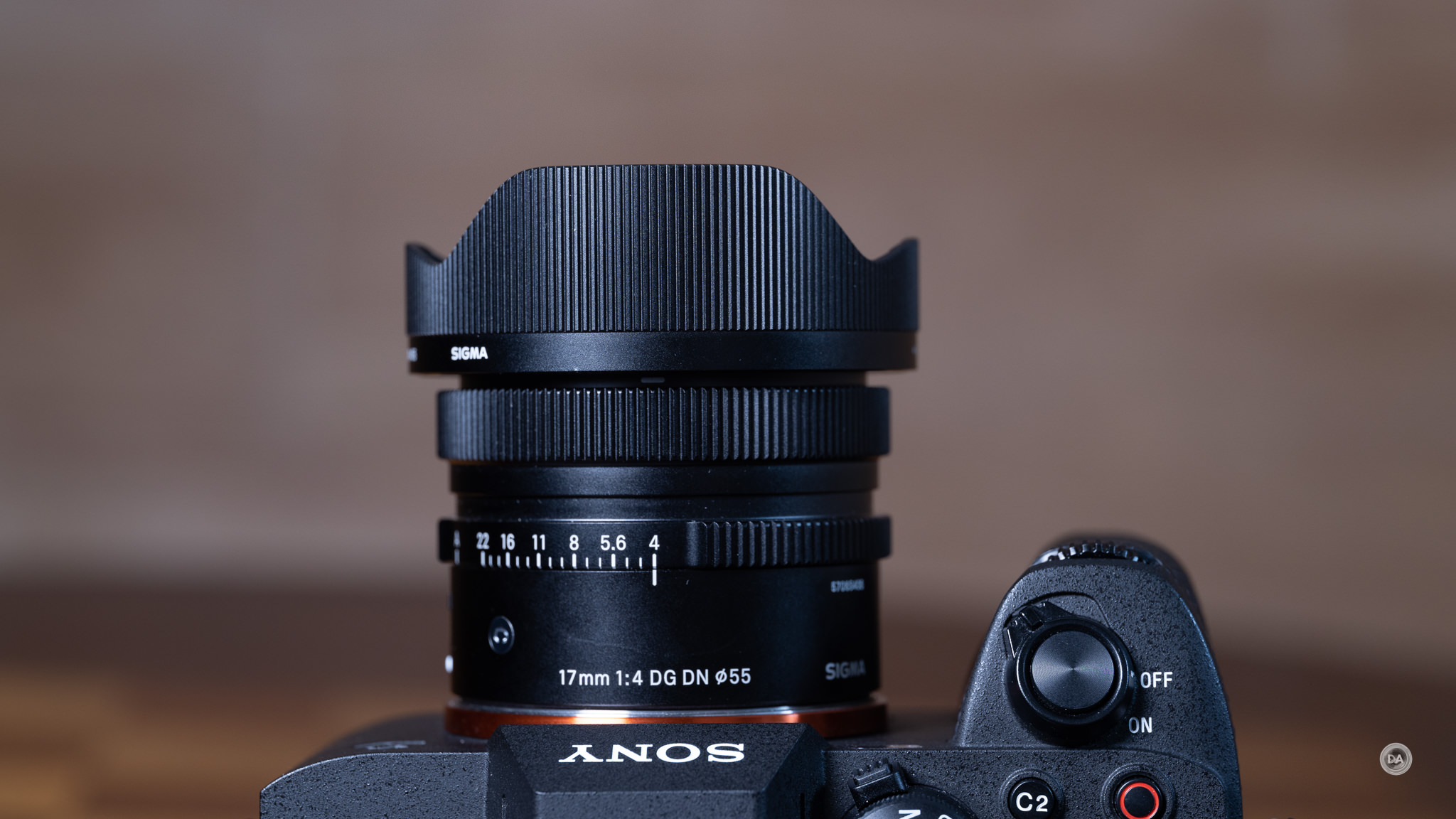
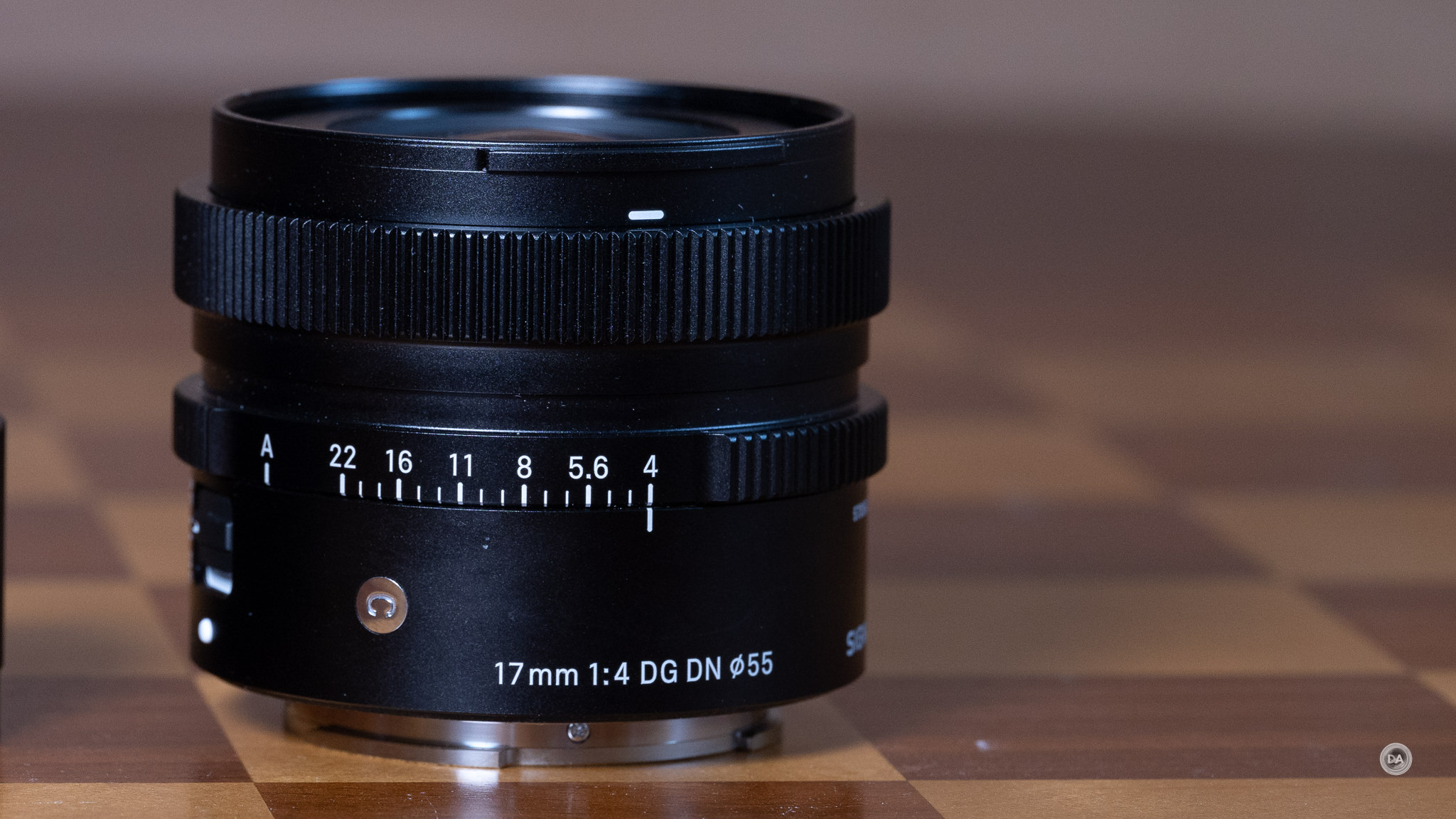
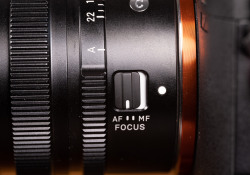
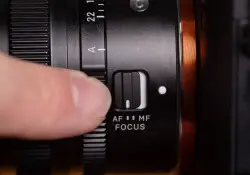
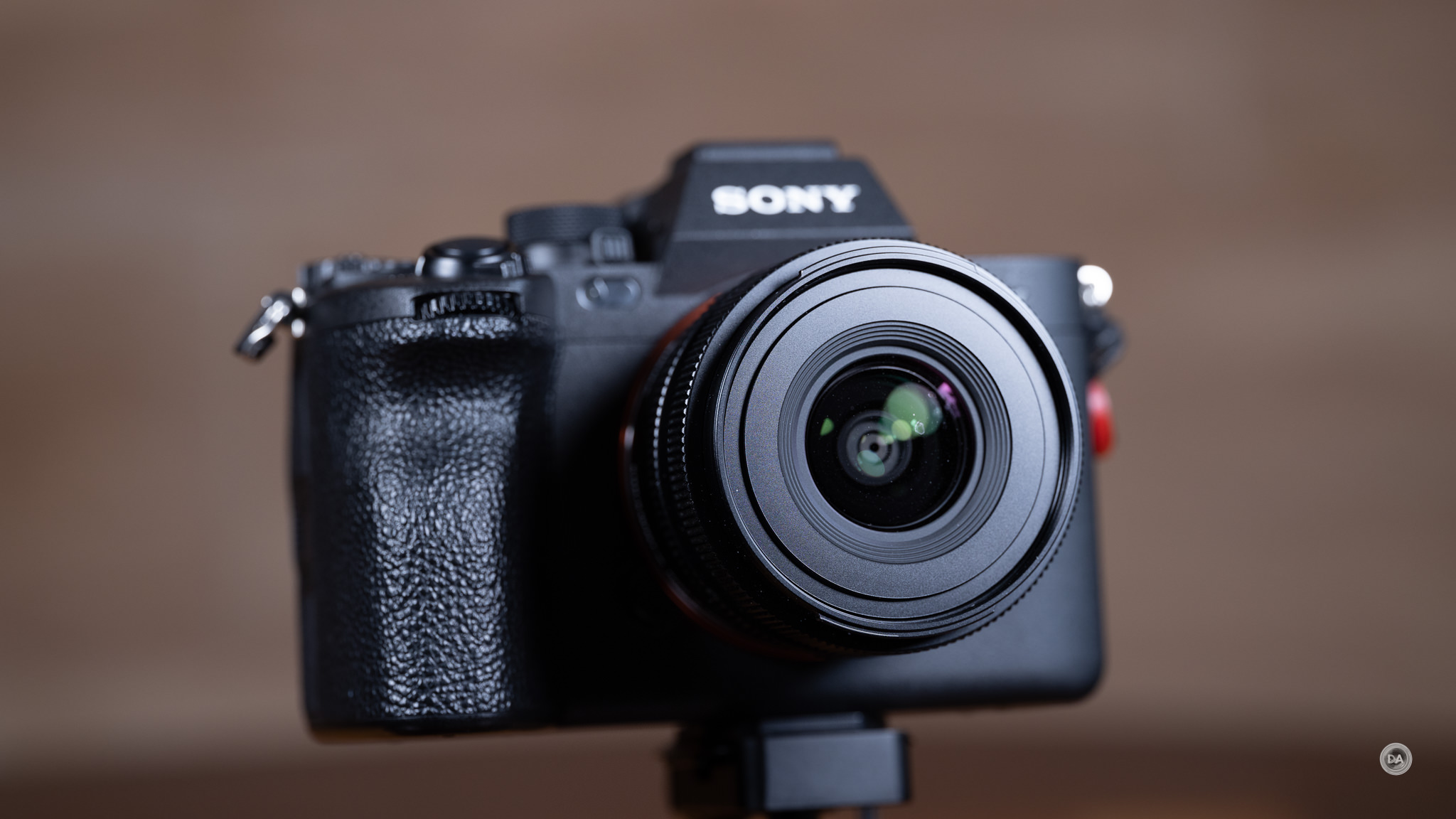
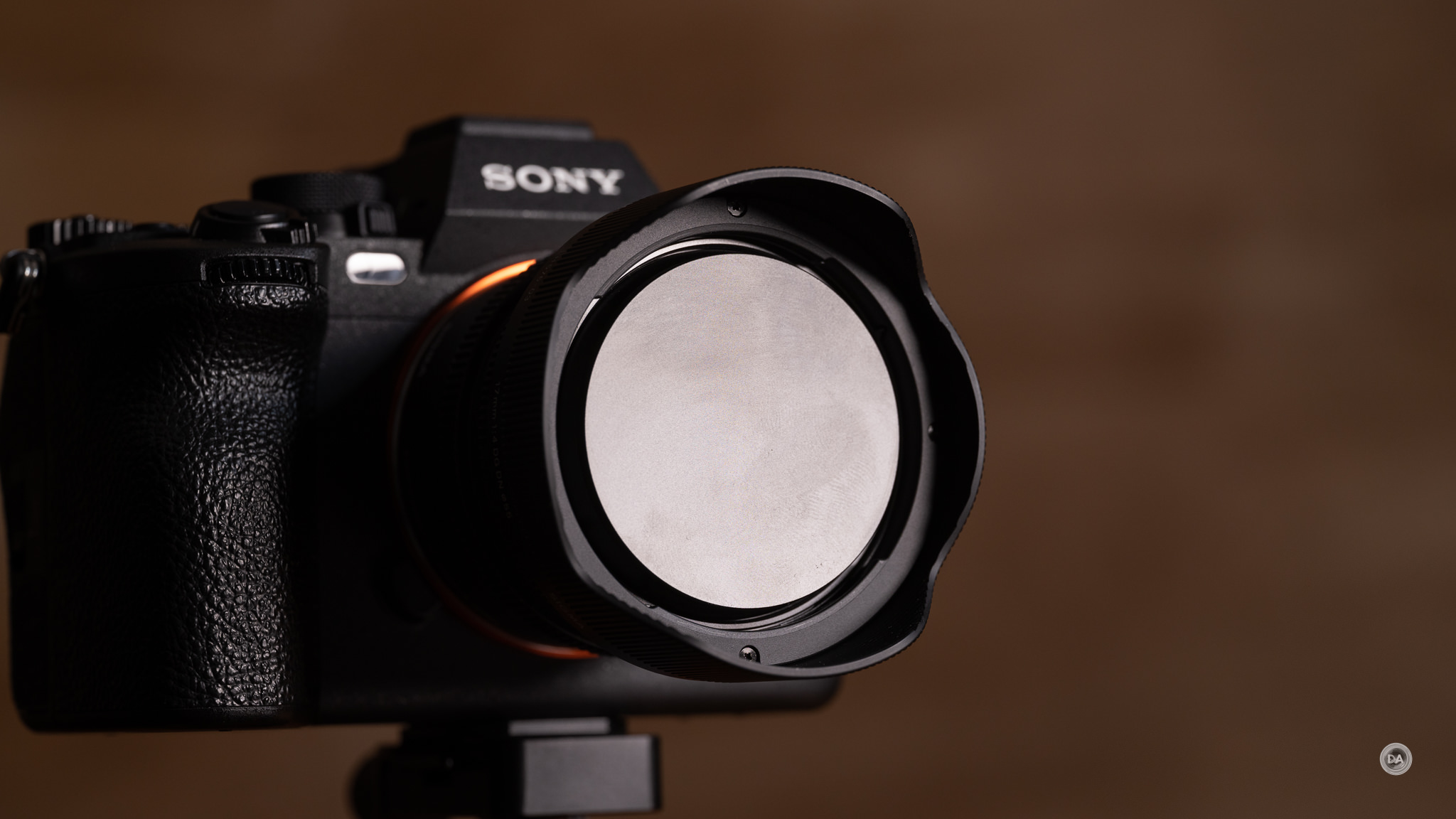
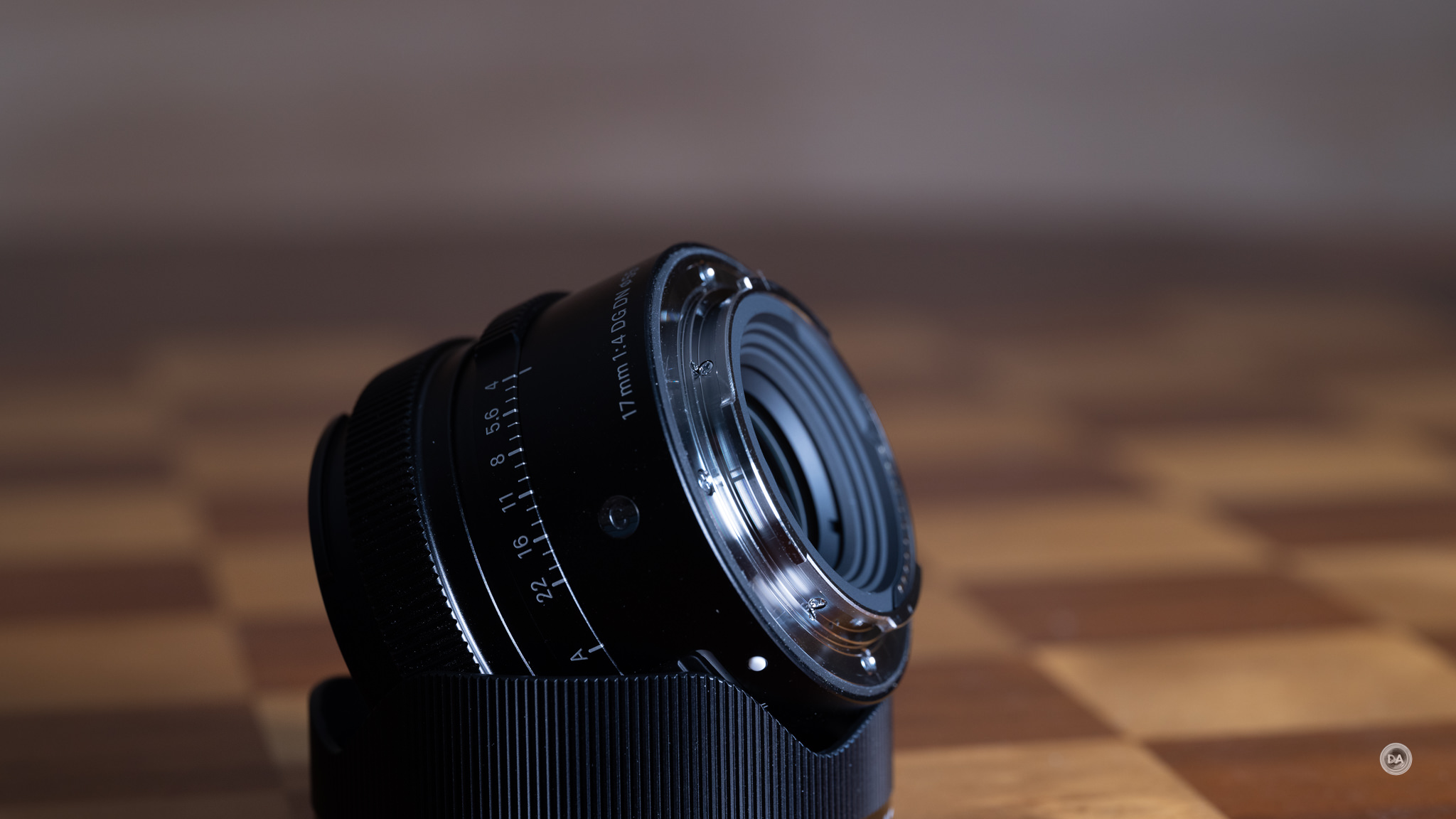
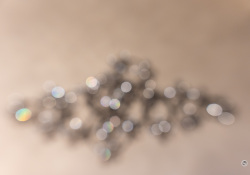



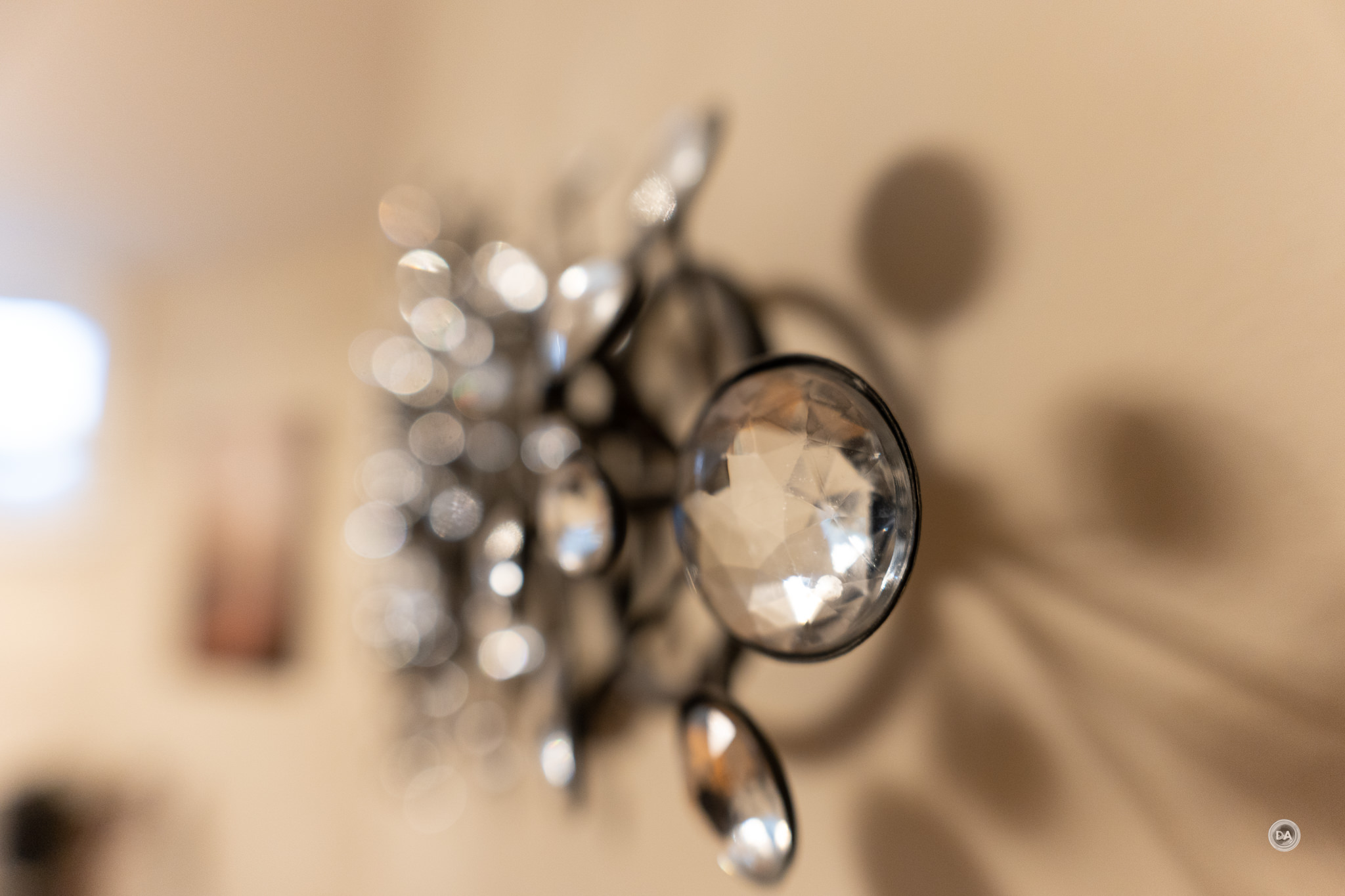











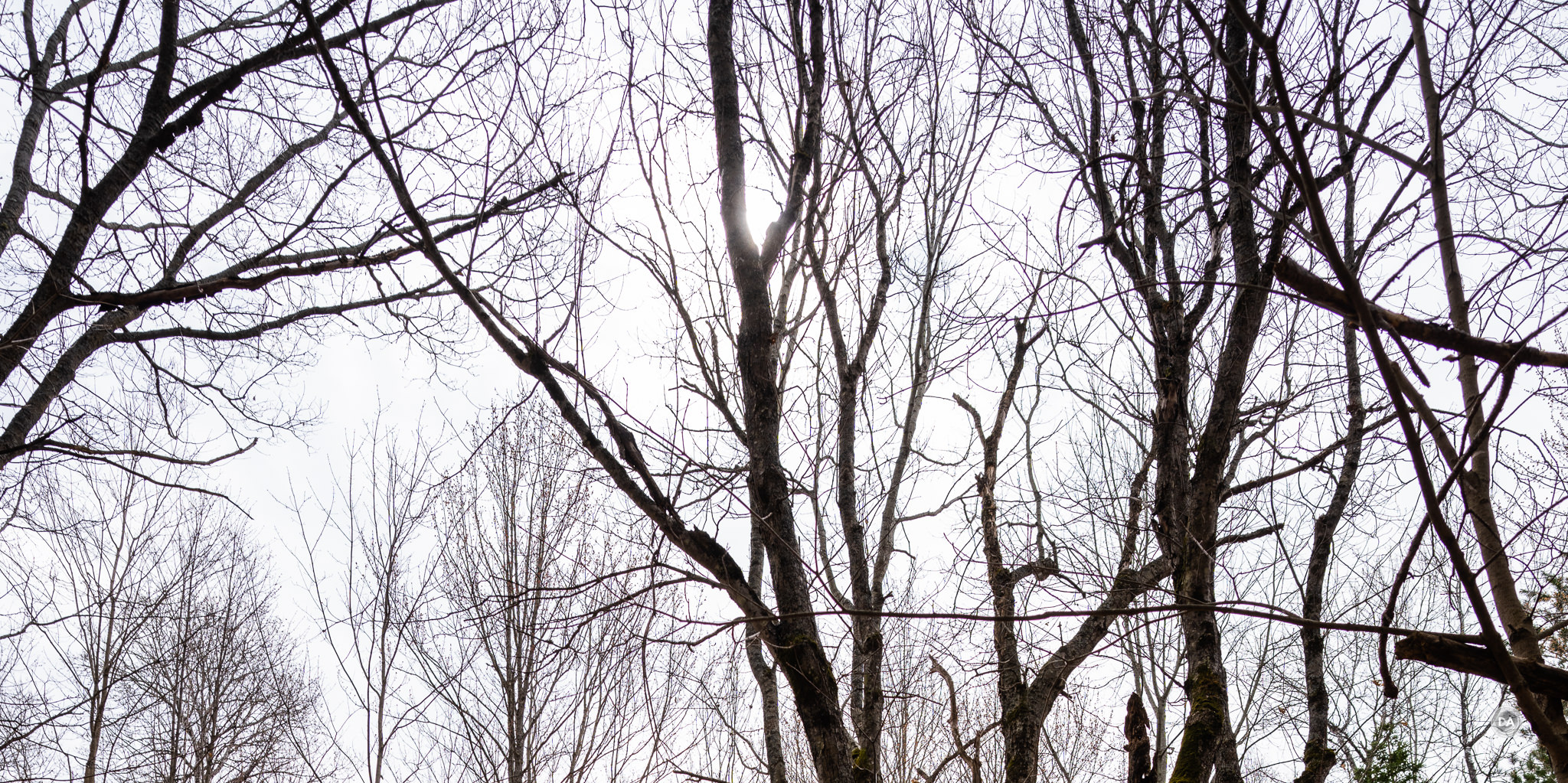
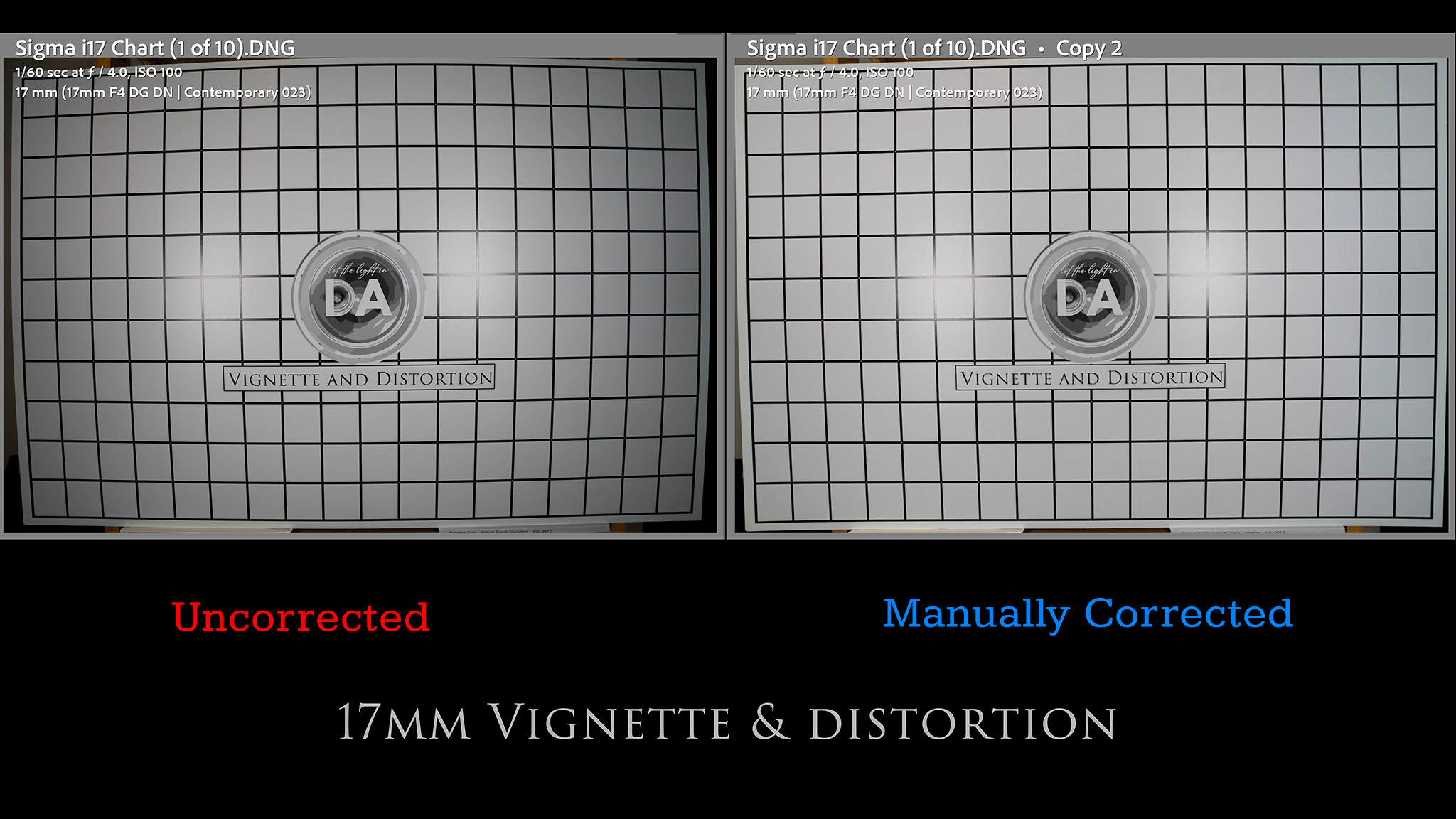

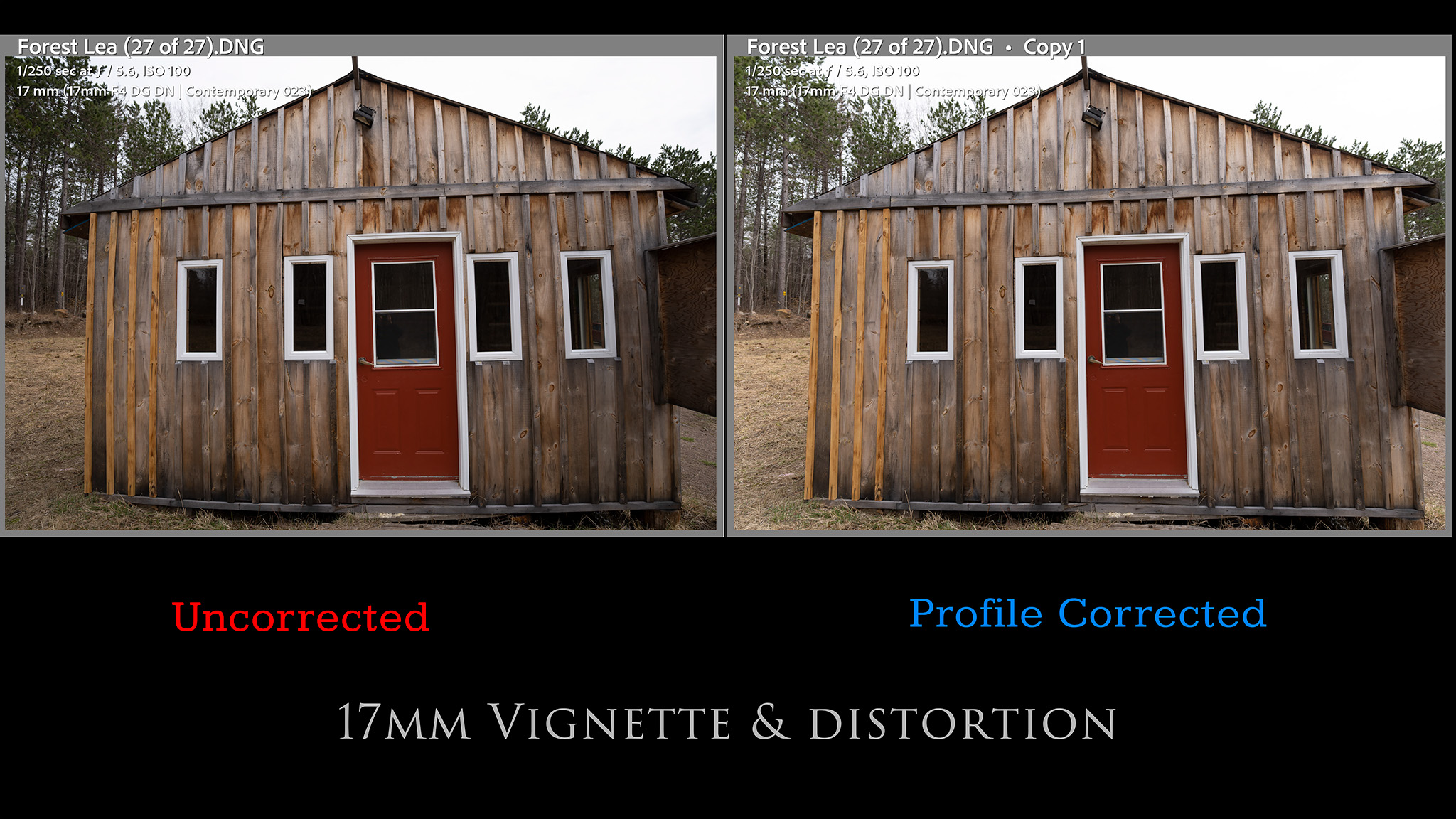
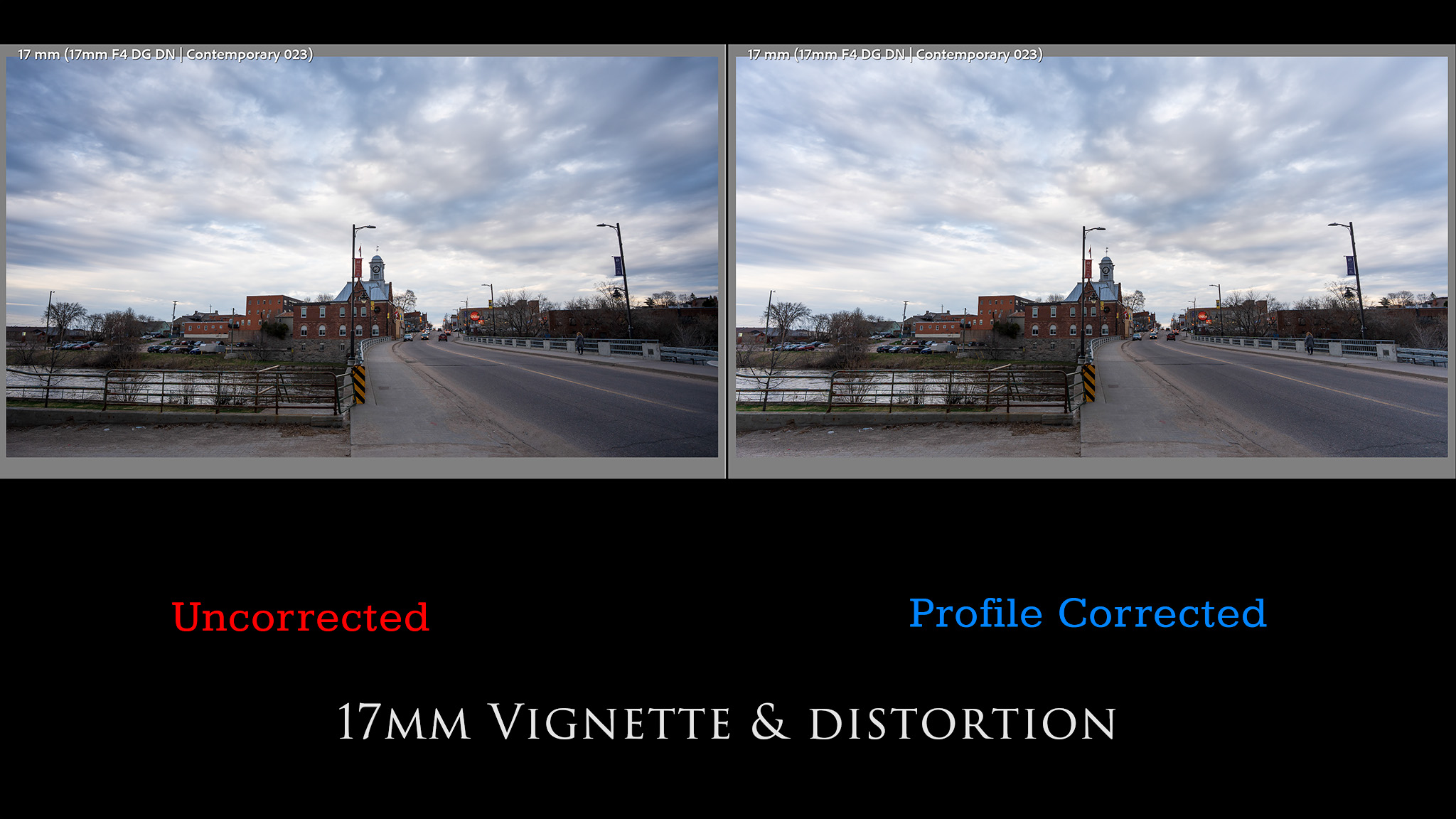







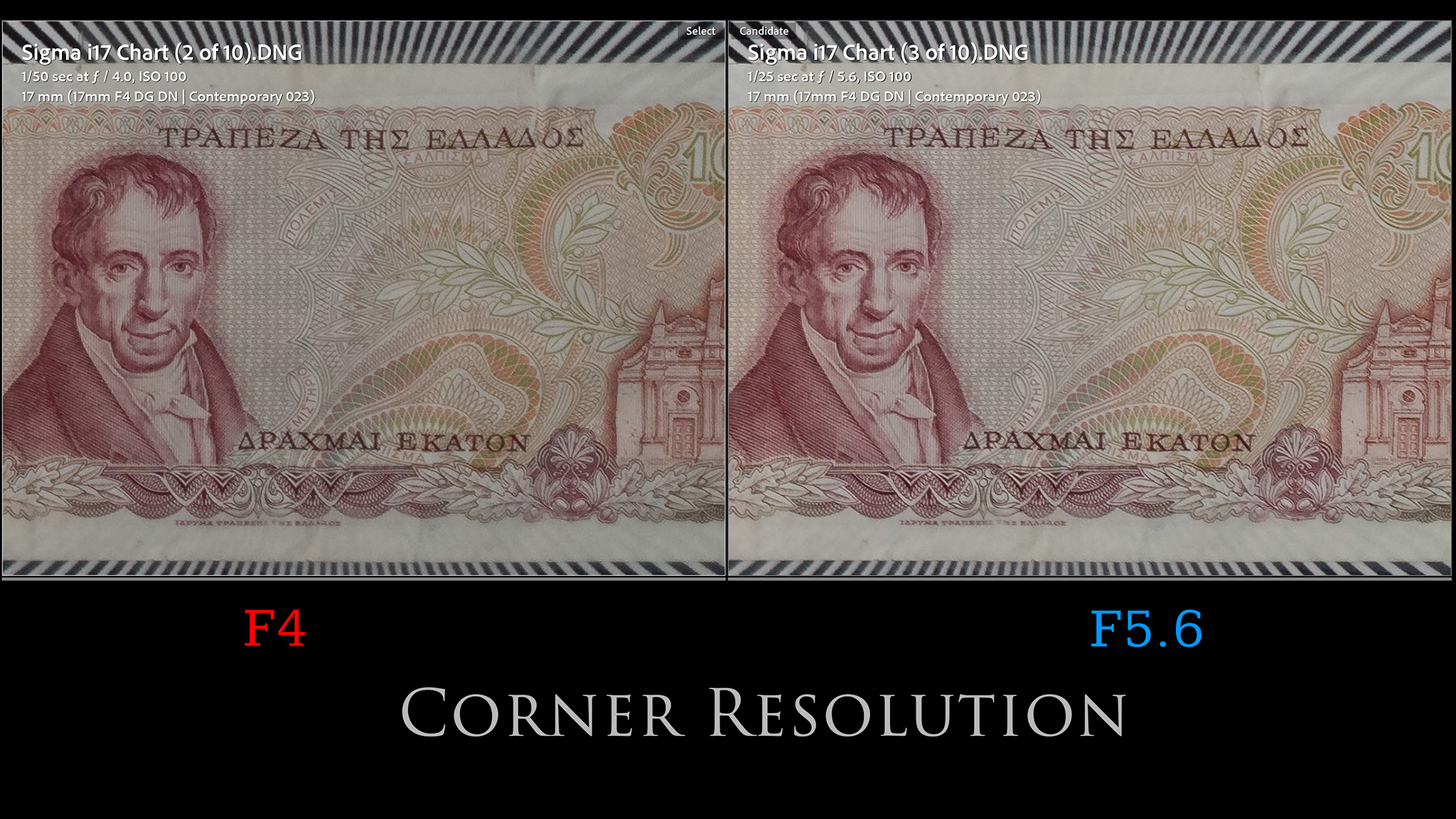








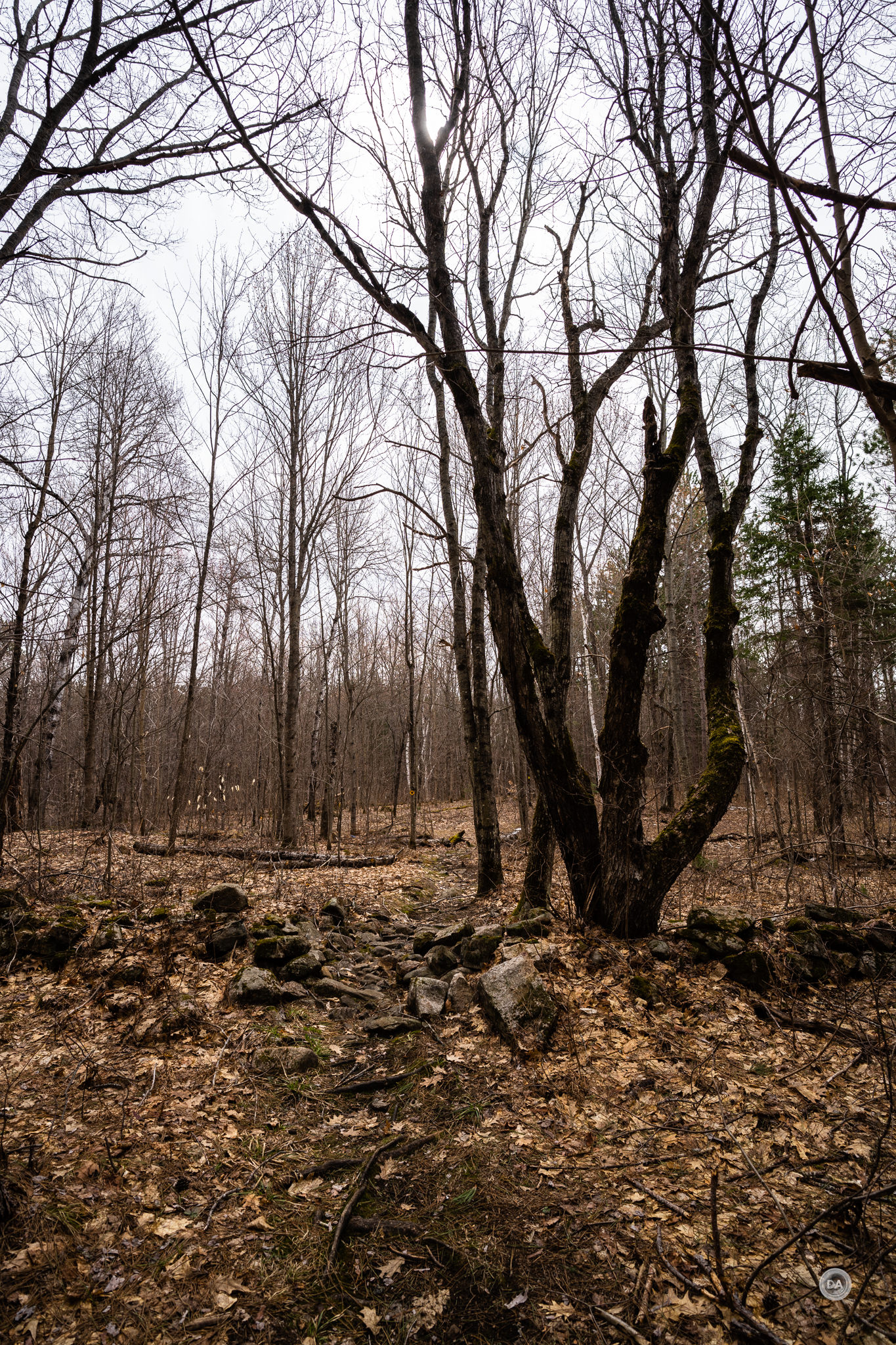









 Viltrox Pro AF 85mm F1.4 FE Gallery
Viltrox Pro AF 85mm F1.4 FE Gallery  Viltrox AF 85mm F1.4 PRO FE Review
Viltrox AF 85mm F1.4 PRO FE Review  Yongnuo YN 35mm F1.8 ART Gallery
Yongnuo YN 35mm F1.8 ART Gallery  Yongnuo YN 35mm F1.8 DA ART Review
Yongnuo YN 35mm F1.8 DA ART Review 



2 thoughts on “Sigma 17mm F4 DG DN (iSeries) Review”